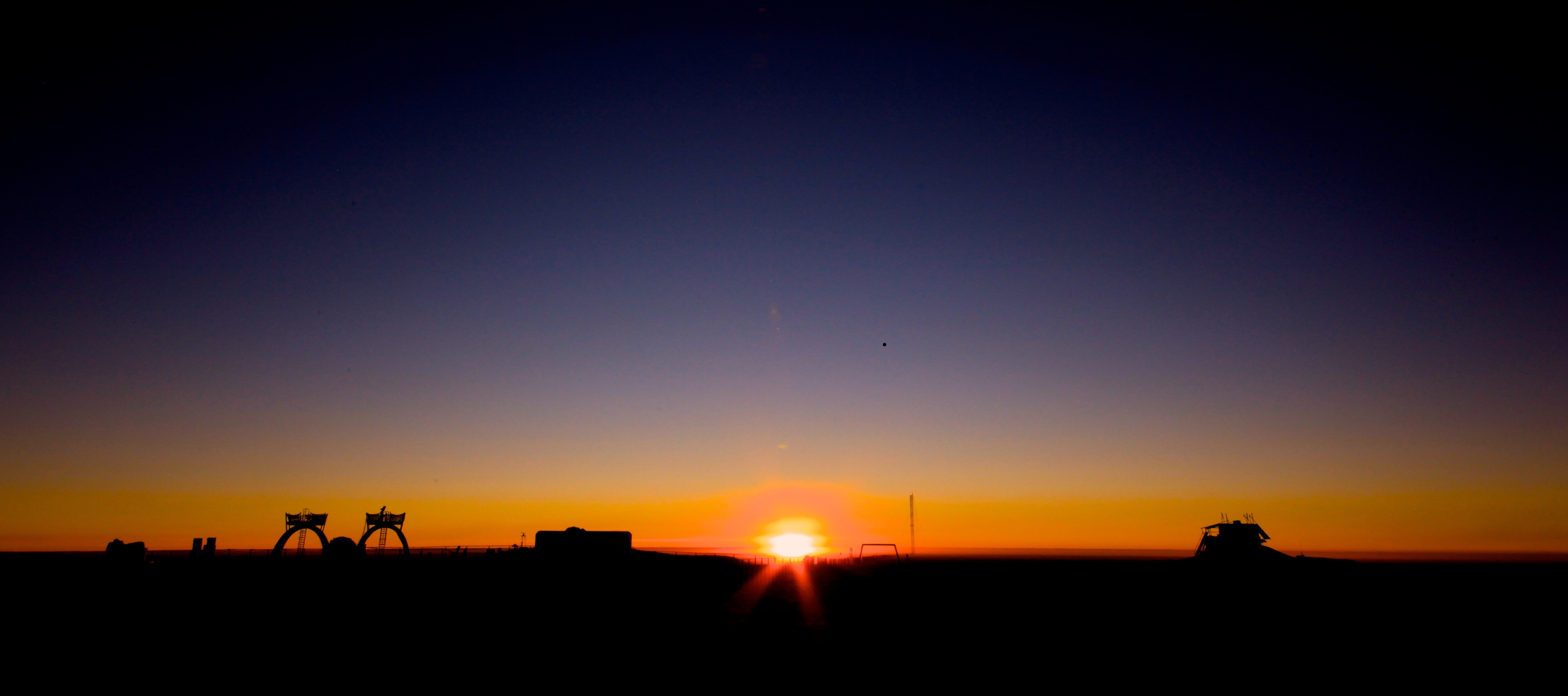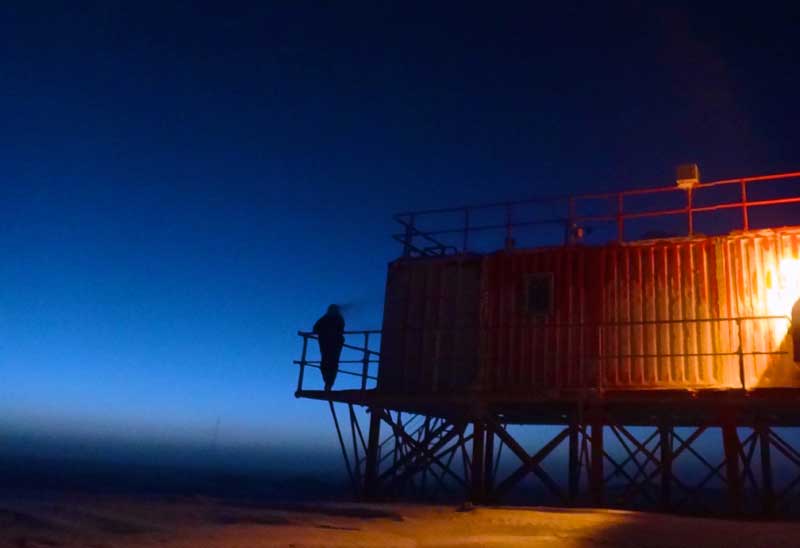Last Sunset in Antarctica Kicks Off Winter Season


During the first week of May, the small crew left behind at an Antarctica research station bid farewell to the sun as it set for the last time for the season, plunging the frigid continent into the permanent midnight of winter.
The next sunrise will come about four months from now, when spring returns to the bottom of the world.
Concordia Station, a joint French-Italian research station, sits in the middle of the East Antarctic Ice Sheet. It is one of the most isolated spots on Earth — so isolated, in fact, that it is used as an analog for extended human spaceflight.
When the small band of researchers and workers now living at Concordia were training for their year-long deployment, they were told it was easier to escape the International Space Station than Concordia in winter. When the temperatures drop, airplanes can't reach the station, and the crew has been marooned there without a physical link to the outside world since early this year.
Yet now, although they are no more alone than before, the light has gone, and as members of the crew noted on the station's blog, that can weigh heavily on the mind.
"It was beautiful as the sun left, dissolving into the horizon," wrote Alexander Kumar, the station's doctor. "I thought to myself, this is the closest you can come to witnessing the end of time … an apocalypse, right now."
Although Antarctica buzzes with activity during the summer months, during the long winter night, far fewer people remain on the continent — particularly the interior of East Antarctica, where Concordia stands.
Get the world’s most fascinating discoveries delivered straight to your inbox.
The space-age looking station, which was completed in 2004, hosts about 75 scientists during austral summer, but a skeleton crew of only 14 is there during the winter months, when temperatures plunge to around minus 112 degrees Fahrenheit (minus 80 degrees Celsius).
Although the station's scientists are studying the stars and the atmosphere overhead, they themselves are the subject of much of the research at Concordia. Kumar, a medical researcher, is studying the effects of extreme isolation and constant darkness on the body and the mind. European scientists plan to use the data to better understand how humans can withstand extended stays in space.
Follow OurAmazingPlanet for the latest in Earth science and exploration news on Twitter @OAPlanet and on Facebook.




